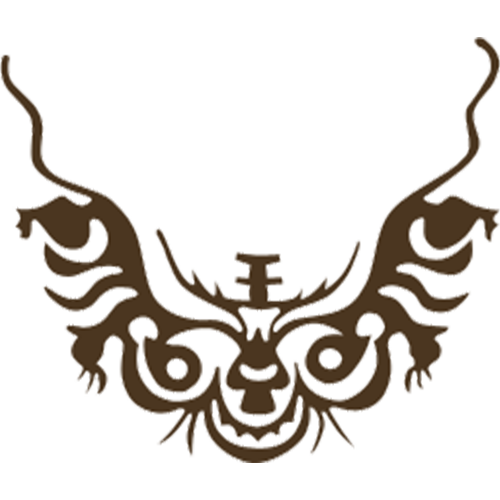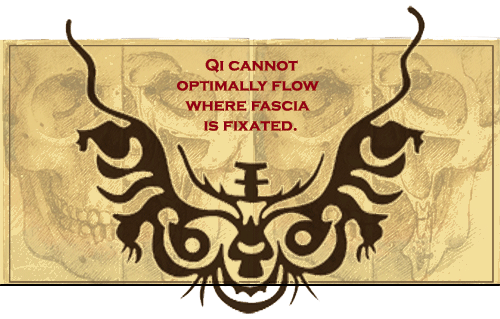Craniosacral Therapy is a form of manual therapy that uses a range of manipulation techniques to reestablish anatomical and energetic balance of the craniosacral system. Like the other systems of the body, normal range of motion in all tissues must be maintained to ensure optimal health and vitality. Over time, even a small restriction in a deep membrane, facial or cranial bone can have a big impact throughout the spine, skull, and eventually the whole body. As time passes, and strain mechanically spreads, decreased bodily motion contributes to decreased bodily function.
This is often the case with unresolved whiplash injuries perhaps long ago underestimated, marginalized, or simply forgotten. Some other common mechanical influences that can adversely effect the craniosacral system include dental, facial, or physical trauma from an old fall, accident, or injury.
Craniosacral Therapy helps unwind local as well as whole body tension patterns and is potentially a catalyst for deep release, restoration, and relaxation.



